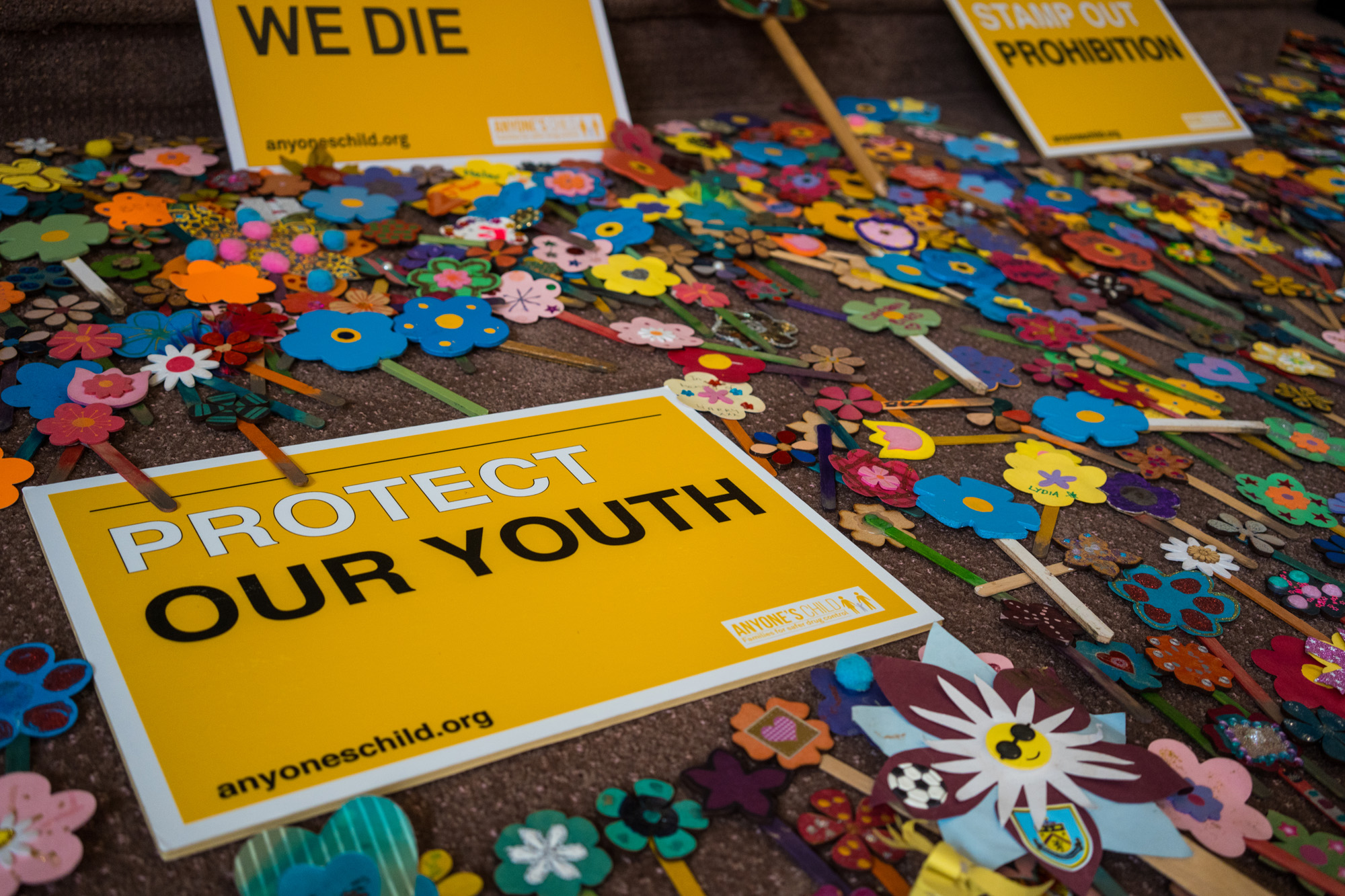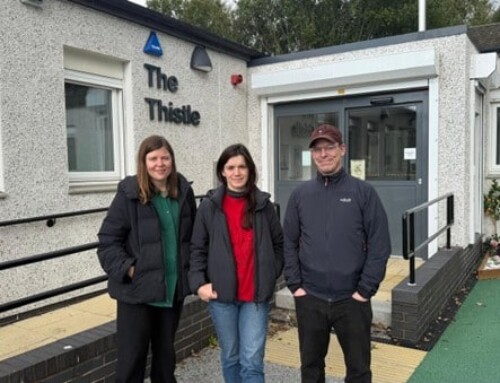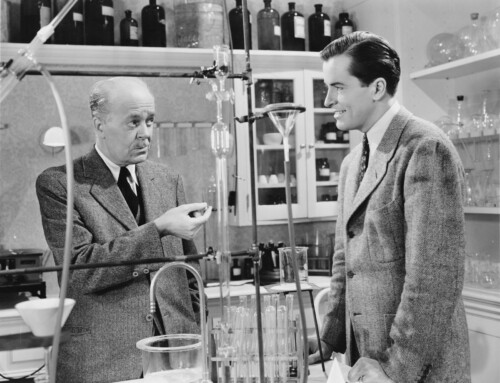Once again I read the heart-breaking news of drug deaths in England and Wales rising to record levels. Behind each figure in these latest statistics was a real person, a person who once had hopes and dreams – as did my son. We need the government to be bolder and prioritize the safety of our citizens and young people above our prejudice. How many more of our young people must die before meaningful action is taken?
Last month the Office for National Statistics (ONS) reported that in 2024, 5,565 deaths related to drug poisoning were registered in England and Wales, the highest annual total since records began in 1993 and more than double the rate recorded in 2012.
Year upon year, as these statistics increase, they represent catastrophic policy failure. We focus on the ‘drug misuse’ subset of this data, rather than the broader ‘drug poisoning’ category, because this specific filter provides the clearest measure of deaths directly linked to the unregulated drug market, the very market that current policy aims to control.
This term is a specific statistical filter, legally defined by the Misuse of Drugs Act 1971. It includes deaths where the cause is dependence or where the poisoning involves a controlled substance, from heroin to prescription drugs like methadone. This definition excludes alcohol or over-the-counter medication, making it a direct statistical measure of the mortality caused by the unregulated market. When we show these ‘misuse’ numbers rising, we are highlighting the profound failure of the punitive law supposedly created to stop these exact deaths.
The ONS confirmed that 3,736 of these deaths were due to drug misuse in 2024. This figure is not merely a statistic; it is the death toll of the failed ‘War on Drugs,’ representing the children, parents, and partners lost directly because the drug market is left in the hands of organised crime. By forcing the trade underground, current drug policy creates the lethal risks that cause these deaths: there is no control over the purity or strength of substances, and drugs are becoming increasingly contaminated with deadly, unexpected adulterants, meaning one dose can be fatal.
While the overall poisoning figure rose moderately (2.1%), the ‘drug misuse’ fatalities rose faster at 3.26%. This demonstrates that the unregulated market is becoming increasingly toxic, an accelerating risk most evident in the specific substances involved. The single most alarming trend is the 275% increase in deaths involving the potent synthetic opioids nitazenes, from 52 registered deaths in 2023 to 195 in 2024. These substances are many times stronger than heroin, representing an unprecedented escalation in danger. Simultaneously, deaths involving cocaine surged by 14.4%, continuing a 13-year upward trend and indicating that non-opioid users are increasingly at risk. Furthermore, more than half of all drug poisonings involved more than one drug, underscoring the danger of a contaminated and unpredictable supply.
These figures are based on the date of death registration, and 62.8% of deaths registered in 2024 occurred in previous years because of the lengthy nature of coroner investigations. This means that the official data are a historical record, severely underestimating the current, immediate threat. Policymakers are responding to old data while the danger from the drug supply accelerates in real time.
The 2024 report led by Dr. Caroline Copeland of King’s College London revealed that official statistics are significantly undercounting opioid-related deaths by more than 50%. Between 2011 and 2022, over 13,000 opioid-related deaths were not officially recorded as such. This discrepancy stems from vague terms like “multidrug toxicity” being used on death certificates due to the rise in polydrug use. Dr. Copeland warns that this widening data gap, which has grown over time, hinders the ability to effectively fund and design public health policies to tackle the true scale of the opioid crisis.
The drug death crisis is fundamentally rooted in socioeconomic inequality. England’s Northeast region exemplifies this, marking the 12th consecutive year with the highest rates of death from both drug poisoning and misuse. Across the UK, people in the most deprived areas are vastly more likely to die than those in the least affluent. This disparity is intrinsically linked to deep-rooted marginalisation and poverty, root causes that criminalisation fails to address.
This insistence on criminalisation simultaneously deters individuals from seeking essential support and fails to match the speed of the toxic drug supply with life-saving public health interventions. This failure is a primary driver of the 275% surge in nitazene deaths.
Accepting that drug use happens shifts the question from if drugs should exist to how we can manage them safely. A legally regulated market in the UK, informed by global evidence and best practices, is the most responsible answer. This system must be co-created with those who have lived expertise, from individuals involved in the illegal trade to those harmed by its prohibition, to ensure it is both fair and practical. This moves drugs into a public health framework. It introduces common-sense safeguards like age restrictions and transparent labelling of contents and risks, standards we already expect for food or pharmaceuticals. This fosters an environment of dignity over stigma, allowing people to know what they are taking and to seek support without fear. By bringing the market above ground, we can dismantle criminal exploitation, reduce related crime, and help to prevent these avoidable deaths.
The 3,736 ‘drug misuse’ deaths registered in 2024 are preventable tragedies. The evidence demands urgent, decisive action.






Leave A Comment